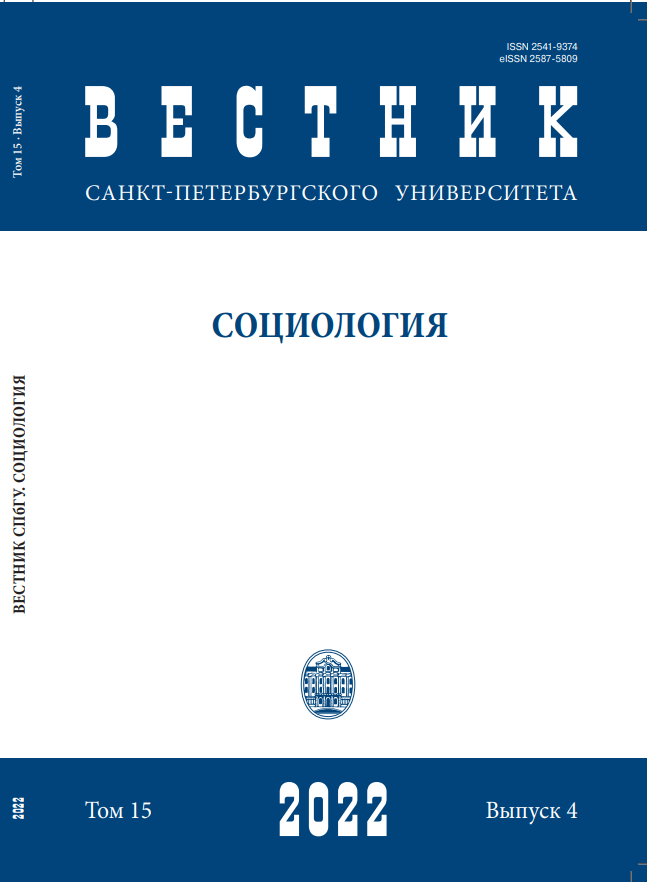The idea of a city for people as a factor in the localization of protest voting in new residential complexes
DOI:
https://doi.org/10.21638/spbu12.2022.401Abstract
The gradual formation of income segregation in the post-Soviet city leads to the localization of protest voting. New residential complexes are significant spatial elements of this process. The new housing attracts citizens with similar income levels and perception of the quality of the living environment, empowering urban segregation. Moreover, the gap between expected and experienced urban life is usually observed in the new housing, supported by frequent practices of deceptive marketing and concluding real estate transactions long before the construction is over. Following that, the discrepancy between the character of the urban environment inside and outside the residential complex forces the localization of protest voting within the new housing. The key concept in explaining that kind of a protest vote localization is “city for people”. The external attributes of the city for people, including safety, accessibility, sustainability, are promoted by developers as part of marketing campaigns and shape a latent demand from the buyers. However, the systematic lack of these claimed elements in new residential complexes leads residents to political protest and focus on the political component of the city for people. Citizens adopt a critical attitude towards the infringement of the rights of residents by developers and urban administration and a request for equal participation in city management. The paper critically observes the case of protest voting in the residential complex «Ya - Romantik» in St Petersburg. The significant lack of infrastructure empowers citizens there to manifest political claims and exercise solidarity. Also the prospective locations of the protest voting are discussed.
Keywords:
electoral behavior, urban segregation, protest voting, geography of discontent, right to the city, city for people
Downloads
References
Downloads
Published
How to Cite
Issue
Section
License
Articles of "Vestnik of Saint Petersburg University. Sociology" are open access distributed under the terms of the License Agreement with Saint Petersburg State University, which permits to the authors unrestricted distribution and self-archiving free of charge.




